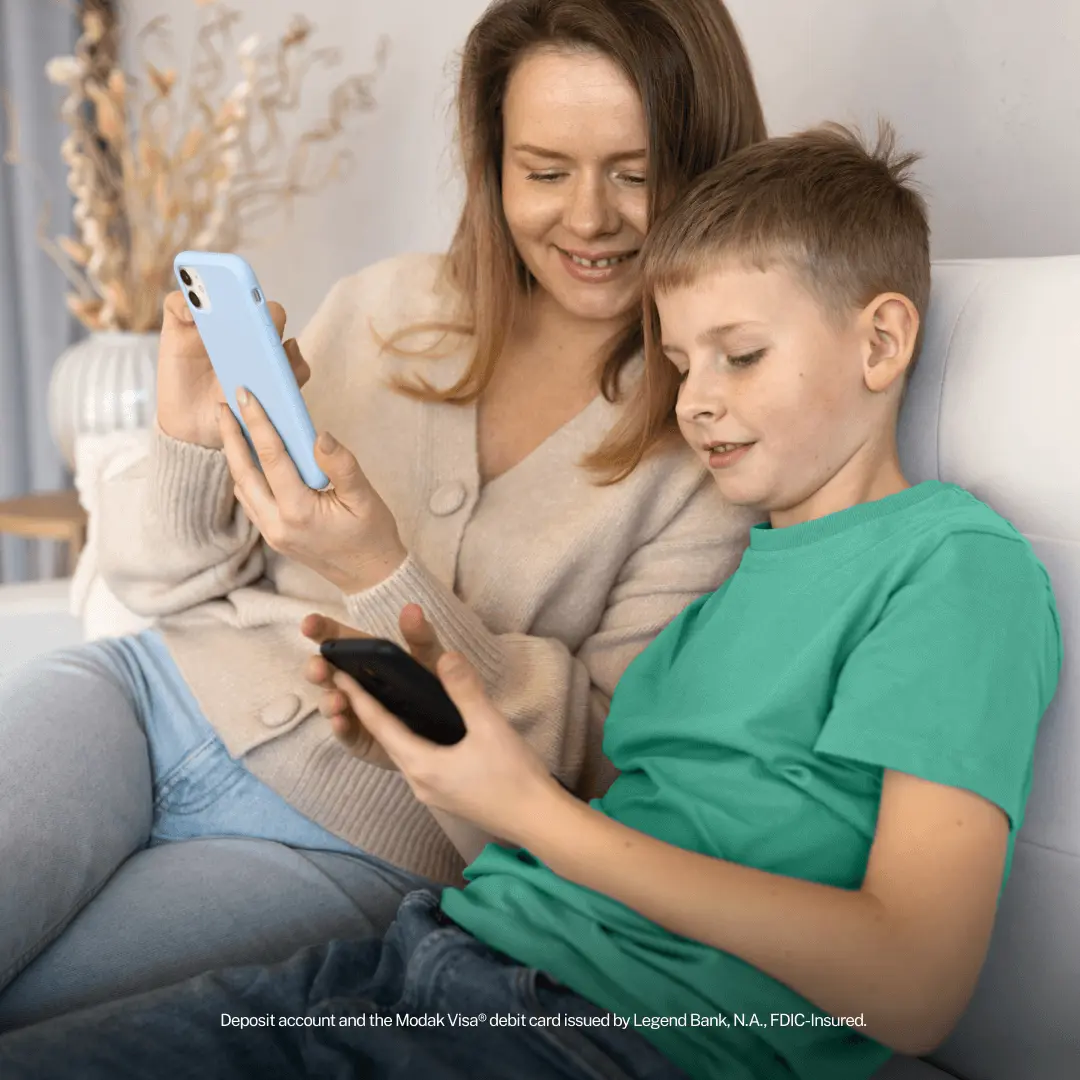📱 Financial literacy apps make learning about money fun, interactive, and age-appropriate.
🎯 The best apps teach key skills like saving, budgeting, and responsible spending.
🔐 Parents should look for apps that balance education, security, and real-world incentives.
Helping kids understand money is one of the most important lessons you can teach. But instead of dusty books or awkward lectures, there are now fun and interactive apps designed to make learning about money engaging for kids and teens.
Whether you want your child to start budgeting, saving, earning, or just getting curious about personal finance, the right financial literacy app can do it all. Let’s break down the best ones available in 2025.
Kids are growing up in a cashless world. They see tap payments, online subscriptions, and digital wallets. If they don't learn how money works now, they may struggle to manage it later.
Financial literacy apps are designed to teach real-life skills in ways that are:
Some even let kids earn money by completing healthy habits or chores. One such example is Modak, which gives kids real rewards for staying active (more on that soon).

Not all money apps are created equal. When evaluating options, look for:
The app should match your child’s understanding, not too complex, not too babyish.
User-friendly design for both kids and parents.
Saving, spending, budgeting, earning, investing (for older teens).
Parental controls, data privacy, and secure banking features.
Apps like Modak stand out by offering MBX, an in-app currency that kids earn by walking 5,000 steps a day. MBX can be turned into real money and loaded directly onto a free debit card. That’s $36.40/year just for staying active!(2)(3)
Best for: All-in-one finance, chores, saving goals, and walk-to-earn rewards
Ages: 5–17
Modak is more than just a financial literacy app. It’s a full ecosystem: a chore tracker, debit card, savings goal manager, and daily rewards system.
It turns walking, completing financial challenges, and good habits into real money. Kids earn MBX (in-app points), which convert to USD2 and are instantly added to their Modak Visa® debit card1. Parents can set up custom chores and track every transaction. No monthly fees4, and an account setup that typically takes just 5 minutes.
Best for: Customizable parental controls and investing
Ages: 6–18
Greenlight offers debit cards, savings accounts, and even investment access. Parents have full visibility and can set spending limits.
Plans start at $5.99/month and go up to $19.98/month depending on features.
Best for: Chore payments and learning work = money
Ages: 6–16
BusyKid5 lets parents assign chores and send money when they’re completed. Kids can also donate to charities or invest in stocks with parent approval.
Subscription is $4/month.
Best for: Visual learners and gamified lessons
Ages: 6–17
Acorns combines educational videos with a prepaid card. Kids take lessons, earn points, and see their progress on financial topics.
Monthly fee is $4.99 per child.
Best for: Bite-sized learning and rewards
Ages: 13+
Zogo offers short, interactive lessons on credit, investing, saving, and more. Kids earn Pineapples (points) they can redeem for gift cards. It’s like Duolingo for money.
Best for: Larger families
Ages: 5–17
FamZoo simulates a real banking system within the family. Parents act like bankers, and kids manage their money through a shared dashboard.
Costs $5.99/month or $59.99/year.
Best for: Teens with jobs
Ages: 13+
Current supports direct deposit, spending analysis, and savings pods. Great for teens earning from part-time work or gigs.
Teen accounts cost $3/month.
💳 Modak gives kids a free Visa® debit card to practice real-world money management with no fees.
👟 Walk-to-earn rewards let kids convert daily activity into MBX points and real money.
📊 Chores, challenges, and parental oversight make Modak a complete financial education tool.
Modak does something few others don’t: it connects financial literacy with real-world actions. By walking 5,000 steps a day, your child earns MBX points, which convert into real money added to their Visa® debit card(1)(3).
Combined with daily scratch rewards and custom chores, kids not only learn about money, they live it. Modak teaches the value of work, responsibility, and healthy habits with zero monthly fees4.

It depends on your child’s age and needs. Modak is best for a comprehensive experience with real rewards. Zogo is great for short lessons. BusyKid and Greenlight offer chore and investing features.
Yes, apps like Zogo and Greenlight provide bite-sized financial advice tailored to kids and teens. Modak also includes financial challenges and tips built into its rewards system.
Zogo is often called the "Duolingo for money." It delivers financial education in short, gamified lessons. Modak also gamifies learning with challenges and daily incentives.
Financial literacy AI refers to tools that use artificial intelligence to teach or personalize money education. While most apps don't use AI yet, Modak and Zogo use gamification and adaptive rewards, which are stepping stones toward AI-driven learning.
Teaching your kids about money doesn’t have to be boring. With the right financial literacy app, they can learn to save, budget, earn, and even stay active, all while having fun.
Apps like Modak take it one step further by connecting movement and money, letting your child earn up to $36.40/year just for walking3. That’s a lesson they’ll remember for life.